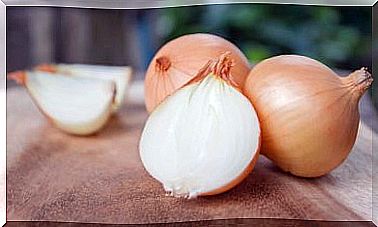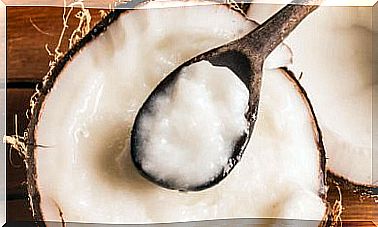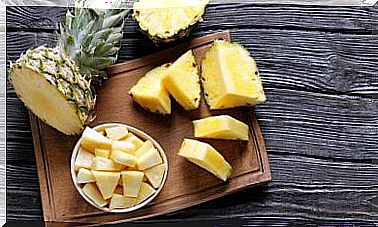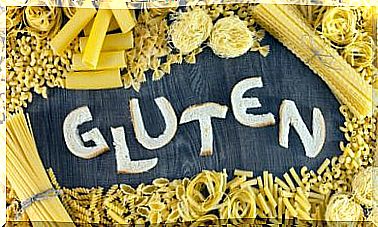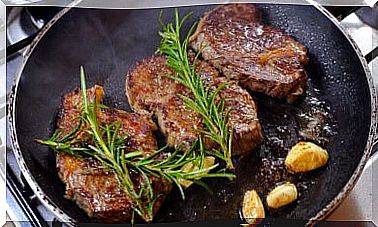How To Choose Healthier Foods: 10 Tips
When going to the store it is important that you have a guide in mind on what you should and should not buy for your weekly menu. We tell you what you should look at when making the purchase to carry out a healthy diet.

Choosing healthier foods can be a headache when we don’t have a series of tips in mind that can help us. It is necessary to bear in mind that an adequate and balanced diet is the basis for the prevention of diseases in the medium and long term.
This aspect should not be neglected to ensure the proper functioning of the body. Anyway, we are aware that you may have certain doubts about it. Therefore, below we will tell you how you can do to acquire healthy food without tempting yourself!
Choosing healthier foods
The first step in choosing healthier foods is to go shopping when you are full, that is, when you are not hungry!
A 2013 study published by JAMA Interna Medicine studied the shopping habits of a group of people and concluded that those who go to the store hungry tend to buy higher calorie foods. So now you know, to eat healthier, have lunch before going to the supermarket!
Now, suppose that you have finished eating, therefore, you are not hungry and you decide to go to the supermarket: what should you observe to choose healthier foods? Let’s look at these tips together:
1. Choose fresh foods
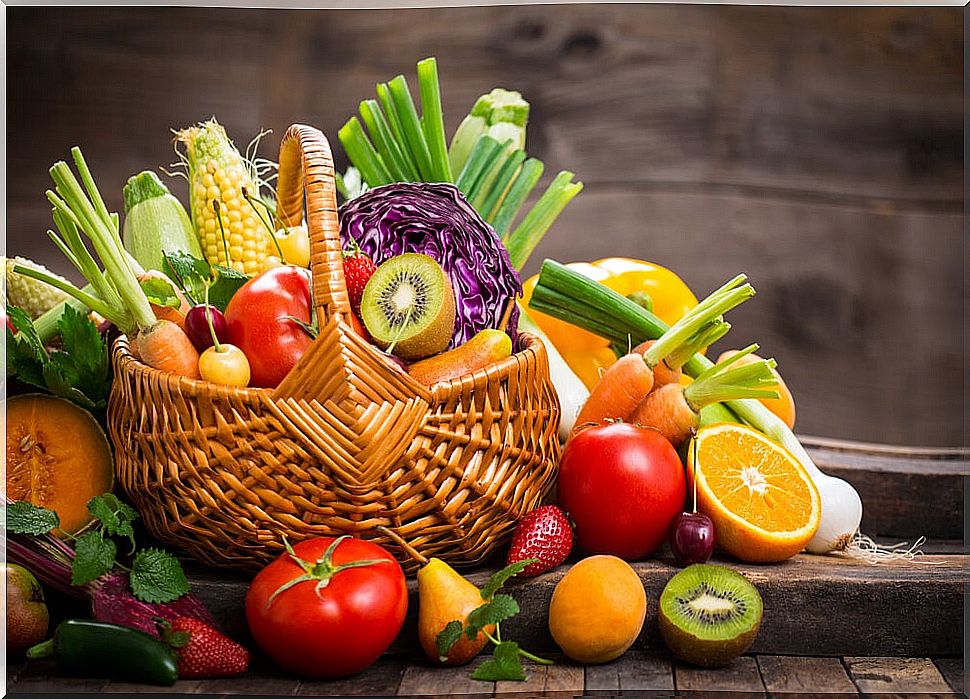
Your first choice when buying food should be to go fresh. Vegetables and fruits provide a myriad of nutrients, mainly minerals and vitamins, and therefore should take up a good portion of the shopping cart.
Don’t leave the fresh ones for last, go to that section of the supermarket when you still have energy and are enjoying the activity. This way, you will probably grab more vegetables and fruits than when you are looking forward to leaving.
2. Best local and seasonal foods
When choosing fresh foods, choose those from your region and that are harvested at that time of year. Keep in mind that the vegetables and fruits that must travel long distances to the supermarket are usually harvested green and mature in boxes, providing at the end less nutrients than those ripened on the plant.
3. Buy foods made with whole grains
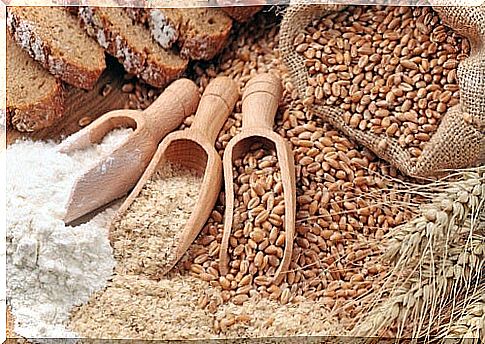
Whole grain cereals retain the bran, germ, and endosperm. While the bran provides fiber, iron, magnesium and vitamins of group B, the germ is rich in vitamin E and healthy fats. For its part, the endosperm provides carbohydrates, proteins, vitamins and minerals.
These nutrients are essential, among other things, to ensure the correct state of health of the digestive system. This is confirmed by research published in the International Journal of Food Sciences and Nutrition, where fiber intake on a regular basis is associated with a lower risk of colon cancer.
Unlike refined cereals, whole grain ones provide more nutrients. All these components are beneficial for the body so do not hesitate and choose whole grains!
4. If your budget allows it, choose organic foods
Mainly they stand out because they do not have synthetic traces, that is, they have not been treated with preservatives, dyes, or any kind of antibiotics or pesticides.
In this way, you make sure to avoid toxic residues that could harm your health. If you have a farm or orchard nearby, come closer. There you will get healthy food.
5. Look at the labels

When we go shopping we have to put in the car the foods that at first glance we consider to be the best, but have you ever stopped to read the labels? And we are not referring to the main label where there are empty phrases such as ” light ” or “sugar free”, but to the back where you can verify its true ingredients.
The first step in choosing healthier foods is understanding labels. You should know that its ingredients are ordered by weight, that is, the ingredient that mainly makes up that food will appear first and from then on, they will be cited in a decreasing way.
We recommend that, beyond looking at the caloric intake of the food, you pay attention to the nutritional information. See if it provides trans fats, what amount of sodium and sugars and compare. Always choose the one that can provide the most nutrients.
6. Don’t prefer low-fat foods
Fat has been one of the most demonized nutrients in recent years. Not all lipids are bad, in fact, many of them are essential and necessary. You just have to flee from trans fats, the rest have to be included regularly in the diet.
7. Avoid ready meals
Ready meals usually include a lot of preservatives and sodium. Better buy fresh food and prepare food at home : it will be more tasty and nutritious.
8. Don’t buy trinkets

We know it can be difficult but give it a try! The sweets and sweets in general do not provide nutrients to the body, but only the so-called “empty calories.” Instead of buying them, opt for a dark chocolate bar to satisfy your desire to indulge yourself.
9. Don’t be fooled by advertising
This last point in choosing healthier foods goes hand in hand with reading labels. Do not be influenced by advertising and check the ingredients of what you plan to buy. Some supposedly ” light ” foods provide a large amount of sugar, for example.
10. Make a list
It seems silly but making a list and sticking to it will avoid (or minimize) the compulsive shopping that is usually done with higher calorie and less healthy foods.
Choose healthy foods to prevent illness
Choosing healthier foods requires your awareness. Think at home what dishes you want to prepare during the week, prepare your list and leave room for only one or two whims. In this way, you will spend less and buy. You will also be able to improve the function of the body and prevent the appearance of diseases in the medium and long term.
